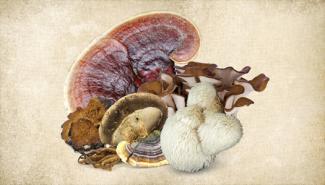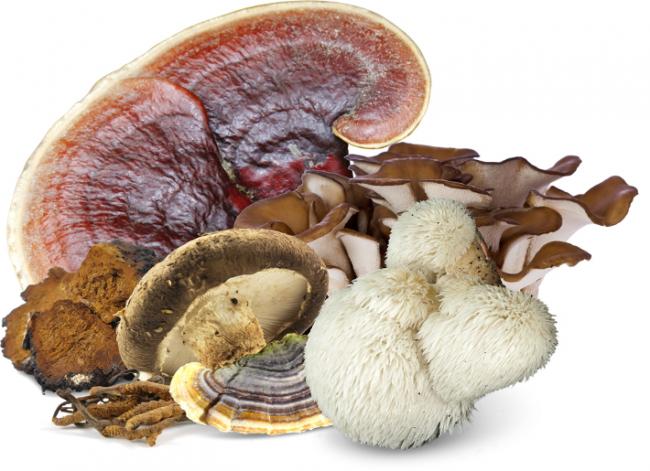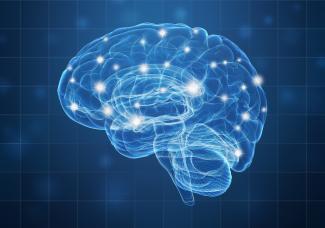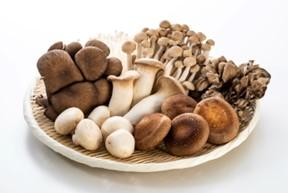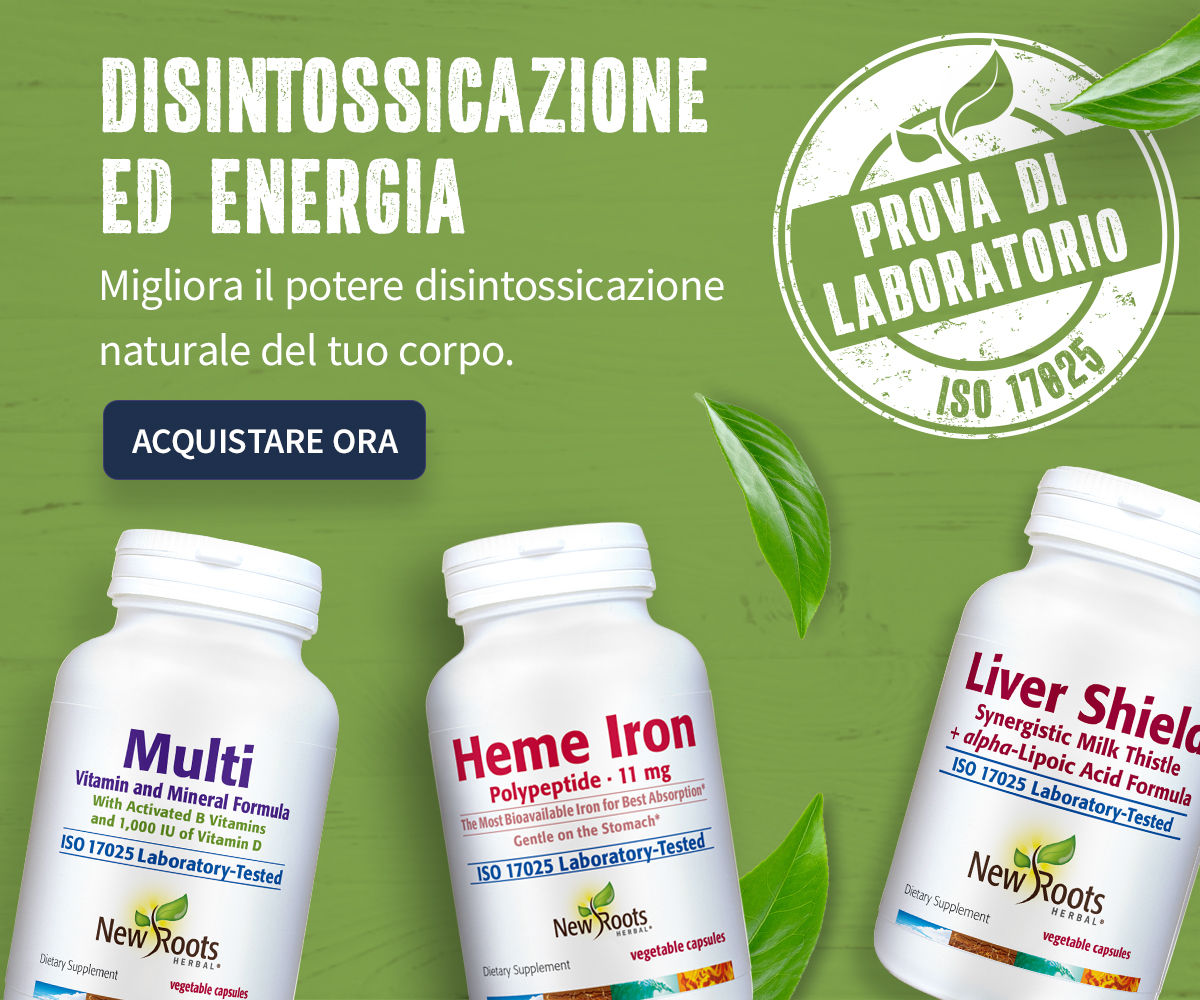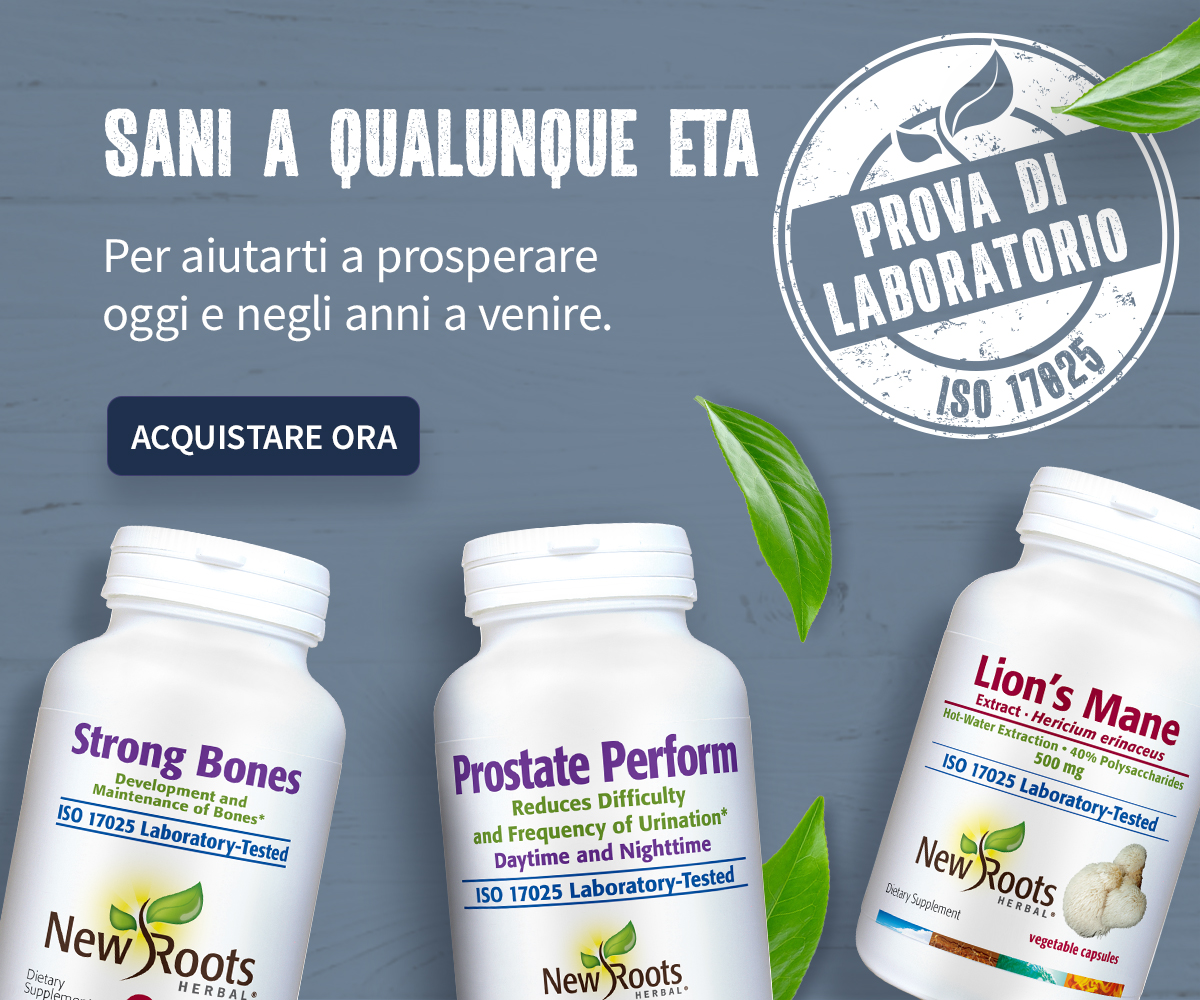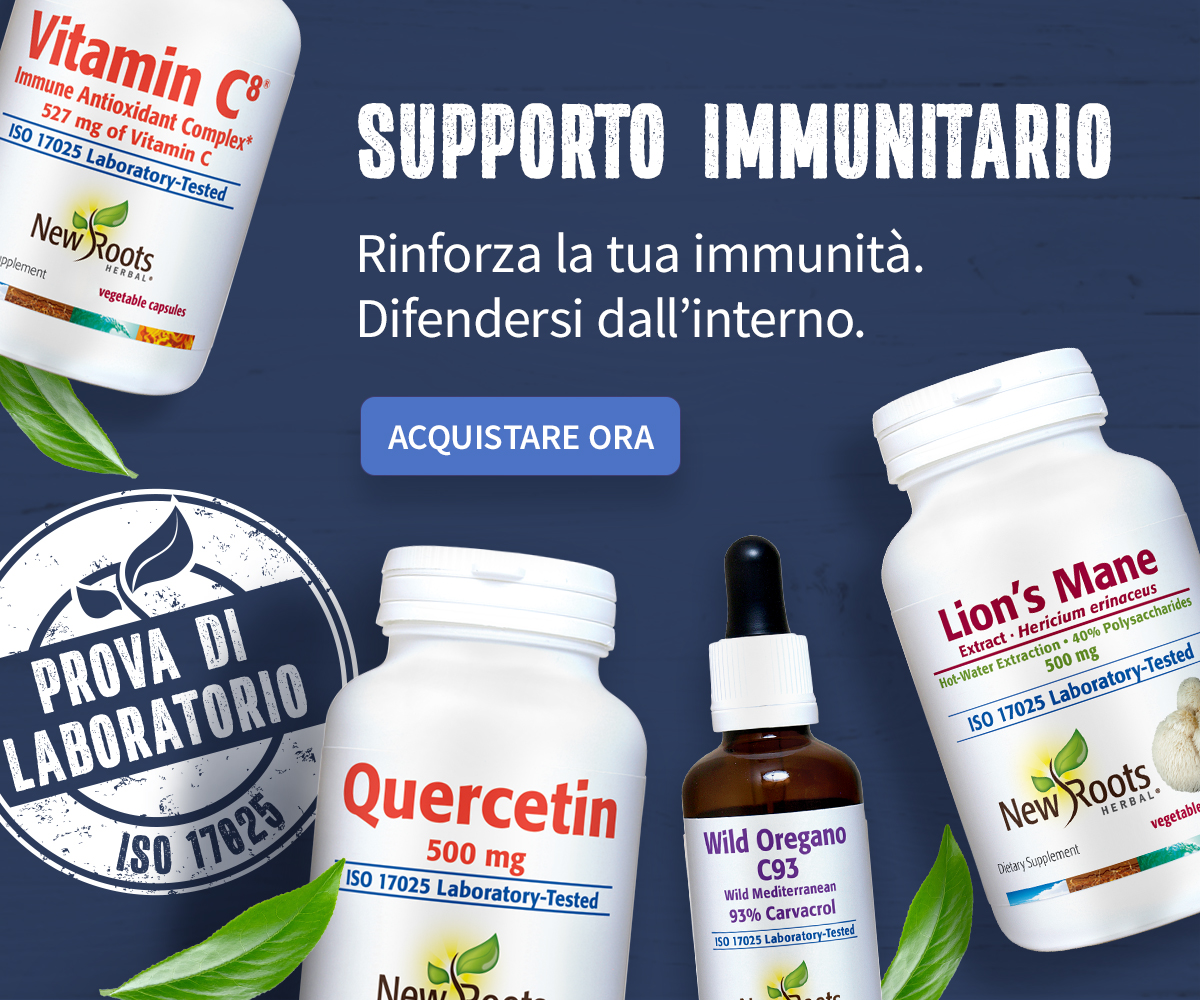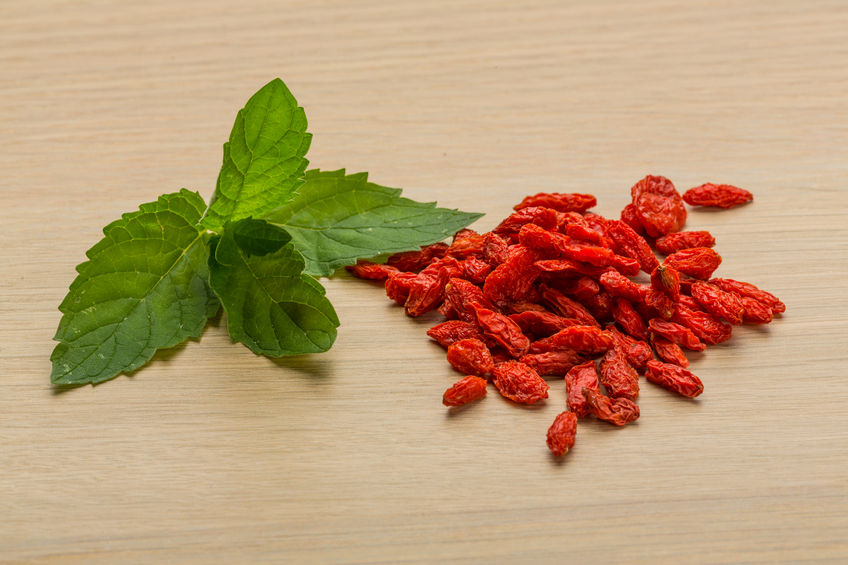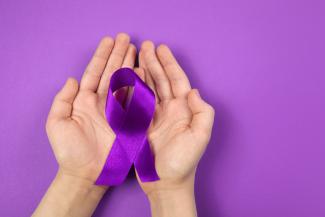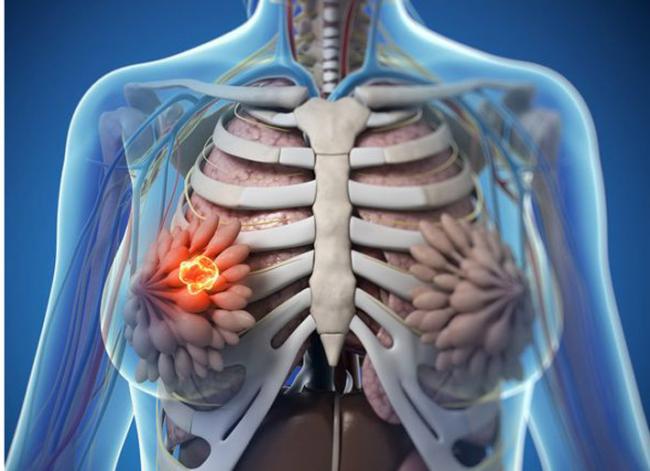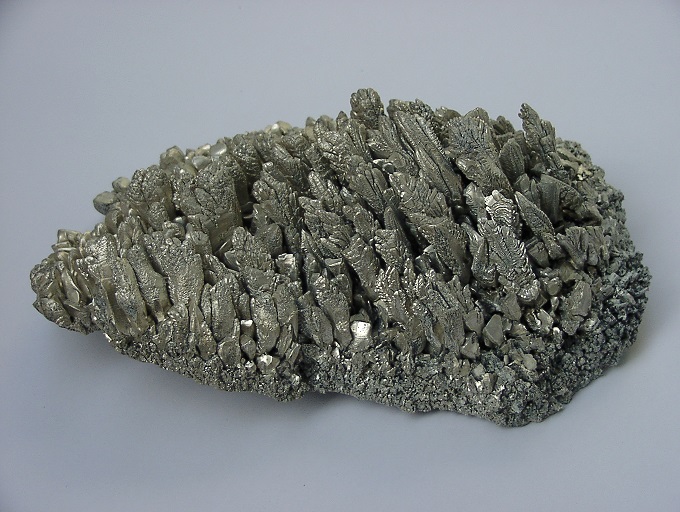For centuries, mushrooms have been foraged and added to soups and stews for their robust nutritional profile. Fungi are much smarter than we think for what simple organisms they are. The mycelia spread across various terrains, feeding on plant matter, and culminate as the final fruiting body. The fruiting body is composed of protein, fibre, lipids, and polysaccharides encased in chitin.1 Their range in structure and ability to spread in various climates demonstrates resilience and diversity. It’s no wonder that these strengths translate into a superfood for the human body. Various forms and preparations lining the shelves of grocery stores boast immunomodulating and anti‑inflammatory properties. The medicinal uses of mushrooms may be infinite, with each species unveiling new constituents and newer technology providing the potent and specific doses.
The Immune System—An Overview
The immune system is comprised of the innate immune system and the adaptive immune system. The innate system employs natural killer (NK) cells and phagocytes, while the adaptive immune system employs T cells and B cells. When an unknown pathogen is introduced to the body, the innate immunity takes over. Cells in the body signal an increase of NK cells and phagocytes to destroy the invader. The adaptive immune system, B and T cells, will then store the identification of the invader so that the next time they try to attack, the response is faster and more robust.
Active Constituents Immunomodulating Polysaccharides (IPS)
 Medicinal mushrooms are best known for their high polysaccharide content. The polysaccharides are water-soluble long-chain carbohydrates, like chitins, hemicelluloses, and heteroglycans.2 The most widely studied polysaccharide in mushrooms are β‑(1→3)‑glucan and β‑(1→6)‑glucan. The numbers depict the location of the glycosidic linkages. This structure allows the polysaccharide to form a helical structure, much like DNA. While β‑(1→3)‑glucan and β‑(1→6)‑glucan do not directly interact with the immune system, they are classified as biological-response modifiers (BRMs) or immunomodulating polysaccharides (IPS) because they indirectly stimulate macrophages, NK cells, and cytokine activity. IPS also exhibit antioxidant and free radical–scavenging properties. As new medicinal mushroom species are being studied, more IPS with varying glycosidic bonds in stages of maturity demonstrate variance in immunomodulating properties. For example, Hericium erinaceus polysaccharide (HEP), a β‑ᴅ‑glucan polymer with a →3,6)‑β‑ᴅ‑Glcp‑(1→ backbone, extracted from the fruiting body at mature stages shows a triple-helix conformation; and, increased macrophage stimulation activity in its enzymatic hydrolysed form (EHEP).3,4
Medicinal mushrooms are best known for their high polysaccharide content. The polysaccharides are water-soluble long-chain carbohydrates, like chitins, hemicelluloses, and heteroglycans.2 The most widely studied polysaccharide in mushrooms are β‑(1→3)‑glucan and β‑(1→6)‑glucan. The numbers depict the location of the glycosidic linkages. This structure allows the polysaccharide to form a helical structure, much like DNA. While β‑(1→3)‑glucan and β‑(1→6)‑glucan do not directly interact with the immune system, they are classified as biological-response modifiers (BRMs) or immunomodulating polysaccharides (IPS) because they indirectly stimulate macrophages, NK cells, and cytokine activity. IPS also exhibit antioxidant and free radical–scavenging properties. As new medicinal mushroom species are being studied, more IPS with varying glycosidic bonds in stages of maturity demonstrate variance in immunomodulating properties. For example, Hericium erinaceus polysaccharide (HEP), a β‑ᴅ‑glucan polymer with a →3,6)‑β‑ᴅ‑Glcp‑(1→ backbone, extracted from the fruiting body at mature stages shows a triple-helix conformation; and, increased macrophage stimulation activity in its enzymatic hydrolysed form (EHEP).3,4
Phenolic Compounds (Flavonoids)
Phenolics are responsible for the antioxidant activity of flavonoids. There are over 6,000 phenolic acids. Their biochemical structure consists of an aromatic ring and one or more hydroxyl groups that neutralize free radicals or chelate metal compounds.5,6 Gallic acid, catechin, and phenylalanine have been isolated in most medicinal mushrooms.7
Terpenoids
Terpenoids are alcohol-soluble compounds composed of linked isoprene units. Consistency ranges from essential oils to sticky substances based on their size (i.e., number of isoprene units).8 In medicinal mushrooms, they are powerful anti-inflammatories, antimicrobials, antivirals, and antioxidants. Of all the medicinal mushrooms, Ganoderma lucidum has the greatest number of identified terpenoids, each having its own purpose.9 They are hepatoprotective, antitumourigenic, antiviral, and hypotensive.10

Preparations (Foods, Teas, Extracts)
Medicinal mushrooms can appear as whole fruiting body (hydrated, dehydrated, powdered), fruiting body extracts, or a combination of both. In traditional medicine, they’ve been reconstituted and used in soups and stews. As food, they provide fibre, vitamins, minerals, and some amino acids. In decoctions or teas, they deliver synergistic effects of all the constituents. Commercially, medicinal mushrooms provide the highest efficacy for reaching therapeutic doses. The process of botanical extraction most commonly uses hot water or alcohol to isolate the constituent. Mushrooms contain both water-soluble and alcohol-soluble constituents. IPS are highly water-soluble. On the other hand, phenolic compounds and terpenoids are best extracted in alcohol. Since IPS are tightly bound within the fungal cell walls, hot water dissolves the indigestible fibre (i.e., chitin) that holds together the polysaccharides.11 The liquid extract is then dried into potent powdered form of IPS. There are two approaches for using the remaining raw material: The raw material can be dehydrated and combined with the concentrated IPS; alternatively, an alcohol extract of the raw material will produce concentrated phenols and terpenoids that can be combined with the IPS. The latter process is called a dual extraction. The former process provides a final product that still includes the raw material with phenols, terpenoids, vitamins, and minerals.
Which Method Is Superior: Hot-Water Extraction, Alcohol Extraction, or Dual Extraction?
Interestingly, studies that use hot-water extracts demonstrate immune upregulation. In contrast, studies that use alcohol extracts show the downregulation of immune-cell activity. This is likely due to the decreased potency of the IPS in alcohol extracts.12 In the case of medicinal mushrooms, IPS is the star constituent for immune-enhancing properties. Hot-water extraction will provide the highest possible concentration of the star constituent.
Top 5 Medicinal Mushrooms

Ganoderma lucidum (Reishi)
With over 400 active constituents, reishi boasts an impressive résumé as an immune enhancer.13 Used for centuries in Chinese medicine and reserved as a delicacy for emperors, reishi has been studied for antianxiety, antifatigue, and—primarily—anticancer effects.14 IPS mobilizes an army of NK cells while triterpenes decrease inflammation. Reishi also contains germanium, which has been demonstrated to oxygenate cells and neutralize pain during the end stages of cancer.15 In one clinical trial, six months of reishi increased antioxidant content within the body, and induced a notable decrease in fatty liver disease.16 In the randomized, double-blind, placebo-controlled trial, serum markers for antioxidation enzymes—notably superoxide dismutase (SOD), glutathione peroxidase (GPx), glutathione reductase (GR), and catalase (CAT)—were all elevated after six months of supplementation. Inversely, liver AST and ALT levels decreased. In modern medicine, G. lucidum is currently being studied as a potential to combat the adverse effects of chemotherapy and radiation. The toxicity effects of advanced cancer treatment expose the body to increased frailty, since these agents do not distinguish between regular cells and cancer cells. In a review on this topic, one animal study found that G. lucidum supplementation prior to doxorubicin (DOX) ameliorated DOX‑induced cardiotoxicity. It was also found that DOX‑induced oxidative stress and proinflammatory cytokines decreased with pretreatment of G. lucidum IPS.18

Cordyceps (Cordyceps militaris and Paecilomyces hepiali)
In the wild, Cordyceps sinensis, also known as Chinese caterpillar fungus, lives as a parasite on insects, then grows once the insect is dead. In commercial crops, Cordyceps militaris and Paecilomyces hepiali are cultivated to perform similar therapeutic applications. These species allow for many more crops of cordyceps, but grown on a blend of rice and soy. Traditionally used for fatigue and improving lung function, cordyceps contains high IPS content, namely CMP‑III, that have been demonstrated to remove the defense mechanism of antitumour cells so that the T cells can effectively kill tumour cells.19 In eight weeks, cordyceps increased NK‑cell activity while also activating T cells in a single-centre, randomized, double-blind, placebo-controlled trial.20 T cells work as part of the adaptive immune system, patrolling for specific pathogens to attack on contact. Cordyceps also increases oxygen utilization by stimulating red blood–cell formation. In a randomized, double-blind, placebo-controlled trial, maximal oxygen consumption (V̇O2 max) and tolerance to high-intensity interval training increased, after three weeks of cordyceps supplementation. 21

Lion’s Mane (Hericium erinaceus)
Gaining popularity as a nootropic again, the diterpenoids found in have been demonstrated to promote nerve growth factor (NGF).22 Diterpenoids are compounds that have been studied for their effects to stimulate the growth of neurons and protect brain cells from oxidative damage.23 In a clinical trial, 31 participants over the age of 50 were evaluated using the Mini Mental State Exam (MMSE) pre‑ and post–12-week supplementation of H. erinaceus or placebo. Scores were significantly higher in individuals with H. erinaceus supplementation compared to placebo. There was also a marked improvement in “orientation to time” component of the MMSE.24 H. erinaceus is currently being studied for its use to improve neuroplasticity and to decrease oxidative damage in healthy cells from the toxicity effects of medications, in one investigative animal model, outlining which markers in cells improved.25

Chaga (Inonotus obliquus)
As an immunomodulator, chaga has been demonstrated to inhibit histamine-induced inflammation.26,27 Alcohol extracts, containing high phenolic compounds, exhibit antioxidant activity and peroxisome proliferator-activated receptor gamma (PPARγ) effects.28 Inotodiol, a triterpenoid, and trametenolic acid also demonstrate antiproliferative activity in cancer cells.29
 Turkey Tail (Trametes versicolor)
Turkey Tail (Trametes versicolor)
Trametes versicolor contains polysaccharide K (PSK, Krestin). PSK has been demonstrated in some cell lines to inhibits cancer-cell growth and to promote NK‑cell activity.30 PSK also has anti‑HIV properties.31 At high doses, it has been shown to favourably increase CD8+ T cells and CD19+ B cells.32 Turkey tail may also have the capacity to support the body during chemotherapy.33 In women between the ages of 21 and 75 years diagnosed with breast cancer, increasing doses were given over the course of nine weeks post–radiation therapy. The dose-escalation protocol was to determine the maximum tolerated dose. Higher doses of T. versicolor showed faster rebound and increase of NK‑cell activity, CD8+ T cells, and CD19+ B cells.34
Conclusion
Nutritionally, mushrooms are low in sugar and fat but contain amounts of protein, dietary fibre, vitamins, and minerals that can be enjoyed in whole or powdered form. Medicinal mushrooms in any form may be beneficial to long-term health. Historically known for their immunomodulating properties, medicinal mushrooms are branching out and creating more purposes of health supplementation. For overall immune health, medicinal mushrooms are considered safe and beneficial to human health.
 Tra le malattie del fegato rientrano una serie di condizioni di salute diverse che vengono racchiuse nella medicina tradizionale nella branca dell'epatologia, la quale si occupa delle condizioni di salute relative al fegato, alla cistifellea e al pancreas. Nel corso degli ultimi anni si è verificato un aumento dell'uso di medicine complementari e alternative, specialmente terapie fitoterapiche, tra i pazienti affetti da patologie del fegato .
Tra le malattie del fegato rientrano una serie di condizioni di salute diverse che vengono racchiuse nella medicina tradizionale nella branca dell'epatologia, la quale si occupa delle condizioni di salute relative al fegato, alla cistifellea e al pancreas. Nel corso degli ultimi anni si è verificato un aumento dell'uso di medicine complementari e alternative, specialmente terapie fitoterapiche, tra i pazienti affetti da patologie del fegato .

